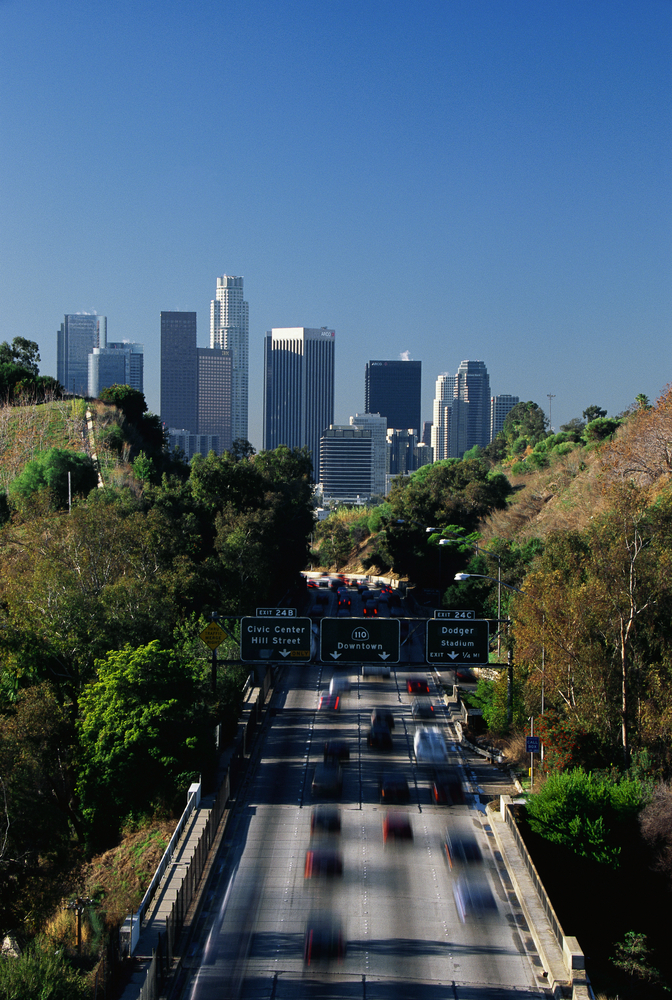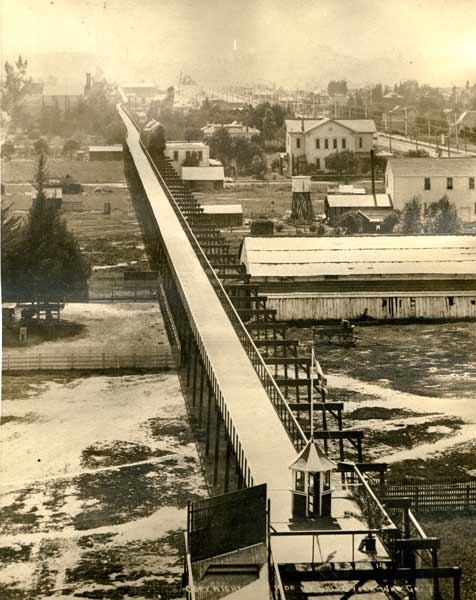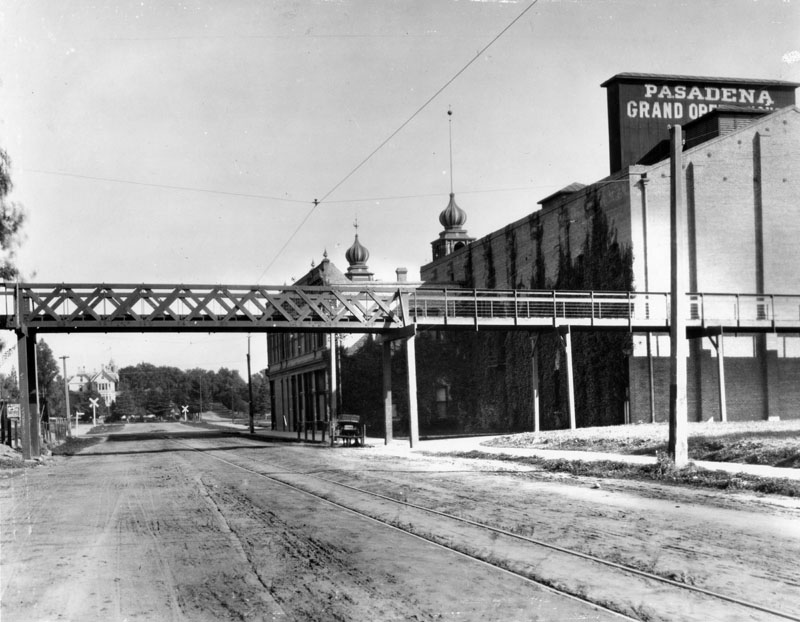L.A.’s bike highway that never was
Los Angeles is the car capital of America. Its landmarks are its roads: Sunset Boulevard, the Pacific Coast Highway, Rodeo Drive. And entire comedy sketches have been made about Angelenos’ love affair with the automobile. But it wasn’t always this way. In 1900, Los Angeles had the first elevated “cycleway” in the world.
At the turn of the 20th century, when Los Angeles was a budding metropolis, businessman Horace Dobbins and his partner, former California Governor Henry Markham, decided that the future of transportation was the bicycle, and bought the land for an elevated bicycle toll road between Los Angeles and the suburb of Pasadena, six miles away. The California Cycleway was born.
Meant to be a “paradise for wheelmen,” the Cycleway was priced to undercut the Pacific Electric Railway. A one-way ride on the Cycleway would cost 10 cents, while the same trip on the Pacific Electric streetcars was 25 cents. It was built from Oregon pine, with its first 1 ¼ mile segment opening New Year’s Day of 1900. Markham and Dobbins’ idea was ultimately to build amusements, hotels, and real estate developments along the route.
It never came to be. In an era when transportation was generally a profitable, privately-owned enterprise, the Cycleway never turned a profit and the first segment of the Cycleway was the only part built. By October of 1900, Dobbins told the Los Angeles Times that the expected hordes of cyclists had not materialized. The 1 ¼ mile initial segment was located only in Pasadena, and went only from the Santa Fe railway station to the Raymond Hotel– useful for the well-heeled tourists who patronized the hotels, but utterly useless for commuters.

The Cycleway was gradually dismantled over the next couple decades, as the derelict structure became an eyesore. Dobbins later tried to turn his land easement into a railway line for streetcars. This, too, was unsuccessful. In 1917 Dobbins ultimately sold his land interests to the City of Pasadena. The City of Pasadena, in turn, used the land to build roads.
Thus, in a cosmic irony, much of the old Cycleway route was later used to build the Arroyo Seco Parkway, the first freeway built west of the Mississippi.


